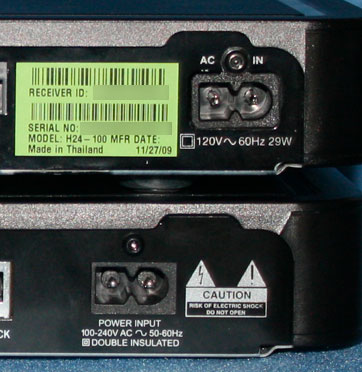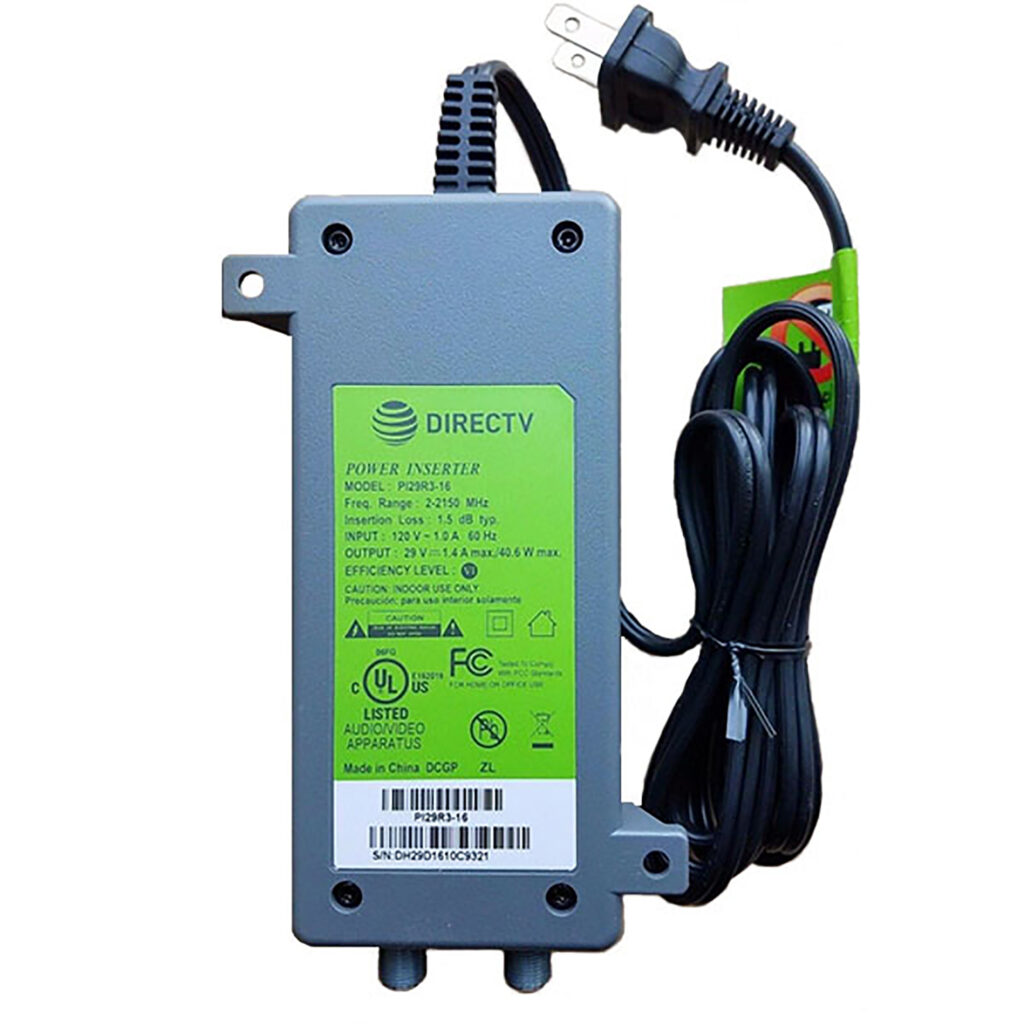It’s not the sort of question people ask a lot. But that just makes it a better choice of article for The Solid Signal Blog.
Here in the US, most outlets supply 110-120 volts at 60Hz. I could go on about what volts and hertz (Hz) are, but I already did that in this article. Really, it’s just important to know what you’re dealing with when it comes to electricity.
Yes, your average outlet is 110 volts, but chances are you have at least one outlet somewhere that supplies 220 volts. In the US, 220 volt outlets are reserved for appliances that pull a lot more power. Think of electric dryers or ovens for example, or whole-home air conditioners. These plugs are generally a lot larger and look funky. They look different enough that you’re not going to confuse them for your regular outlet.
But what about on a boat?
Whether you’re talking about a cruise ship or a yacht or something else, a lot of electrical outlets on boats supply 220 volts. That’s because a lot of marine craft are built to European standards and that’s what their outlets use. I explained in this article that European 220 volt plugs aren’t necessarily more dangerous, as long as the thing you’re plugging in is expecting that amount of voltage. You can look at practically anything and it will tell you what kind of voltage it will accept. Believe it or not, a lot of the things you commonly use, from phone chargers to hair dryers, can use anything from 100 to 240 volts. It’s done that way so the manufacturer doesn’t need to make different devices for different regions. They just have to change the shape of the plug.
Take a look at this image showing two different DIRECTV receivers:

The one on the top will only accept 120 volt power. It says so: 120V~60Hz
The one on the bottom will accept 120 – 240 volt power. It says so: 100-240V AC ~ 50-60Hz. (AC means alternating current.)
The one on the bottom will also accept current that alternates 50 times a second, as is common in Europe, as well as the 60 times a second current we use here in the US.
But what about a SWM system?
Here’s where we are getting to the real point. A SWM system is powered by the PI-29Z power inserter. This power inserter puts the electrical current on the same coaxial cable that is used for signal. It’s a neat trick, but it’s done by a lot of different devices. When we take a look at the specs on the power inserter, it tells us the voltage range it will accept, as well as the voltage range it puts out. (The law says it has to.)

It’s a little hard to see but the input is 120V, 1A (amp), 60Hz. The output is 29V, 1.4A direct current. So, you couldn’t use this device to connect to a 220 volt power source. Doing so, even if the plug fit, would damage the unit.
So the answer is no?
Not exactly. If you’re on a boat or anywhere else with 220 volt power, you can use a voltage converter that will change that 220 volts to 110-120 volts. Just make sure it’s a true voltage converter, not just something that changes the shape of the plug. You can use the sort of travel converter they sell at airports in the short run. In the long run you’ll want something a bit more durable. Those travel adapters don’t last very long. Some of them are designed to shut off in 45 minutes to an hour for safety.
Or, you can try to find a power inserter that will take in 220 volt power and put out 29 volts and 1.4 amps. It’s probably not impossible given the width and breadth of the internet, but I’ve never personally seen one.
Get more advice from Solid Signal
Solid Signal’s technicians are here to answer your questions! Call us at 888-233-7563 during East Coast business hours. Our techs will answer your questions and, if you want, recommend things from our massive online catalog. You’ll find thousands upon thousands of parts you won’t find anywhere else. Call us, or if it’s after hours fill out the form below. We’ll get back to you, usually within one business day.




